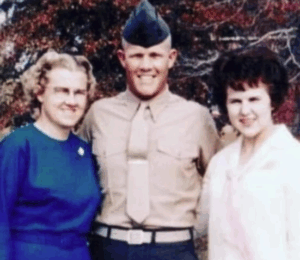
On August 1, 1966, Charles Whitman carried out one of the earliest and most infamous mass shootings in American history. Shortly before noon, Whitman, a 25-year-old former Marine and student at the University of Texas at Austin, ascended the 28th floor of the campus’s clock tower carrying rifles, pistols, and a sawed-off shotgun. He had already murdered his mother and his wife the night before.
After reaching the observation deck, Whitman began shooting at people below, using his military training to pick off victims with deadly precision. Over the next 96 minutes, he killed 14 people and wounded over 30 more, many of them from distances of several hundred yards. The attack created widespread panic on campus and forced police to mount a counterassault from inside the tower.
Whitman was eventually shot and killed by Austin police officers who stormed the observation deck. In his belongings, investigators found notes describing a growing sense of uncontrollable rage and headaches he claimed were altering his behavior. An autopsy later revealed a brain tumor pressing against his amygdala, though experts disagreed on whether it contributed to his actions.
The University of Texas shooting was the first mass shooting of its kind on a U.S. college campus and marked a turning point in American law enforcement and emergency response protocols. Whitman’s use of a high vantage point, multiple weapons, and his tactical background introduced a new kind of public threat, one that would be studied and echoed in later decades.
Articles:
The Tower Sniper’s Wife
I hid from the Texas Tower sniper. His successors have found us all.
Coroner made shocking discovery in autopsy of mass shooter’s brain after he murdered 17 people
96 Minutes
Additional Links:



Leave a Comment